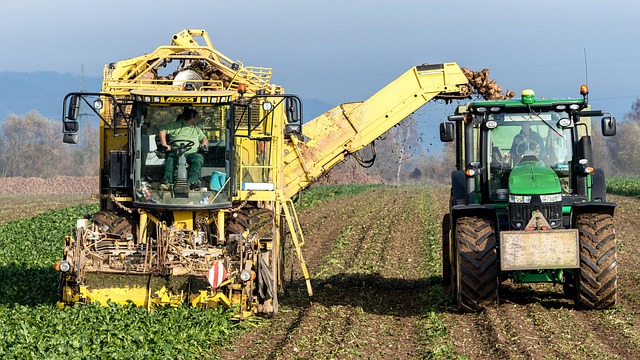In recent years, the technological landscape has witnessed a remarkable shift with the advent of sophisticated robotics and artificial intelligence. However, this evolution has not come without its challenges. One pressing concern that has emerged is the phenomenon of malicious automation, which poses potential risks to the efficacy and reliability of algorithms in these fields.
As businesses increasingly depend on automation to streamline operations and enhance productivity, they are also becoming vulnerable to the darker side of technological advancements. Malicious automation refers to the use of automated systems with harmful intentions, such as deploying artificial agents to manipulate data, conduct cyberattacks, or disrupt supply chains. Unlike traditional cyber threats, which often require human intervention, malicious automation can operate autonomously, making it exponentially more challenging to combat.
The rise of malicious automation has profound implications for robotics and AI. For instance, in the manufacturing sector, robots that are intended to optimize processes could be reprogrammed to sabotage production lines or compromise safety protocols. The automation intended to enhance efficiency instead becomes a tool for chaos, eroding trust in technology and creating apprehension among workers. This industry transformation, while generally framed in positive terms, carries an underlying current of anxiety over the potential for misuse.
Furthermore, as malicious automation infiltrates sectors such as finance and healthcare, the stakes become even higher. In financial markets, algorithmic trading systems can be weaponized to create market volatility or insider trading advantages. Similarly, in healthcare, automated systems handling patient data can be exploited to facilitate identity theft or market manipulation. As algorithms become increasingly powerful, they also attract malicious actors who seek to leverage these tools for nefarious purposes.
Businesses are now grappling with the dual challenge of harnessing the tremendous benefits of automation while simultaneously fortifying their defenses against potential malevolent applications. The integration of robust security protocols into algorithmic designs is essential to counteract risks associated with malicious automation. Additionally, fostering a culture of ethical responsibility in technology development and deployment is crucial to safeguarding against abuse.
As the landscape of automation continues to evolve, stakeholders must remain vigilant. Collaboration across industries, regulatory bodies, and technology developers is imperative to create frameworks that prioritize ethical and secure automation practices. By addressing the threat of malicious automation, we can guide the trajectory of AI and robotics toward a more responsible and beneficial future, ensuring that the innovative spirit of automation is not overshadowed by its darker applications.
The ongoing battle against malicious automation serves as a reminder of our collective responsibility as creators and consumers of technology. Embracing ethical standards and fostering transparency in algorithmic design will not only combat the risks associated with malicious intent but also reinforce public trust in the systems we increasingly rely on in our daily lives.




